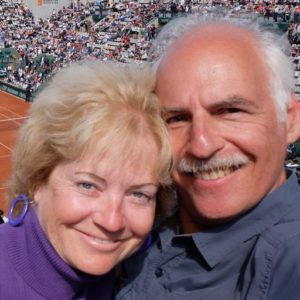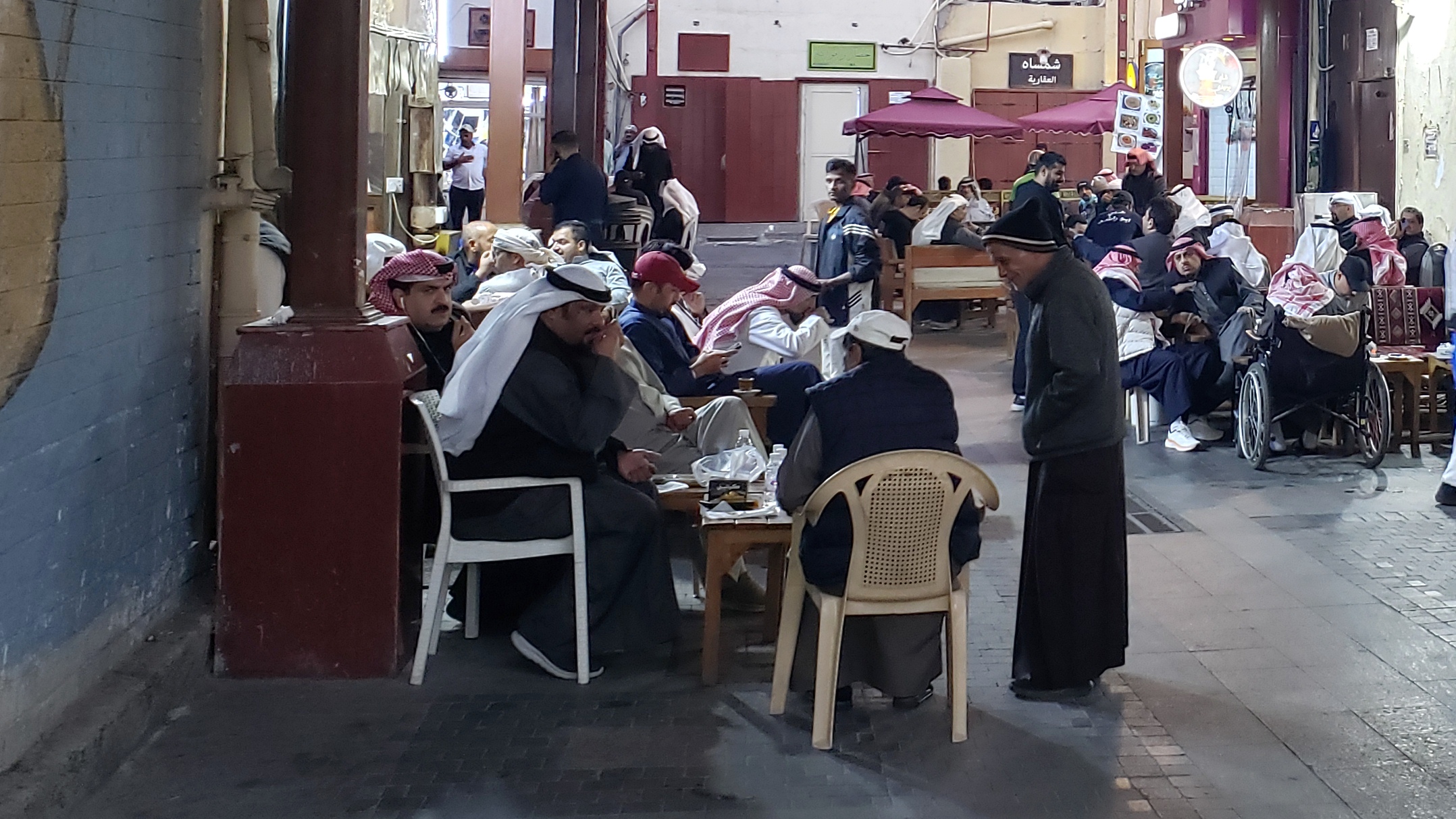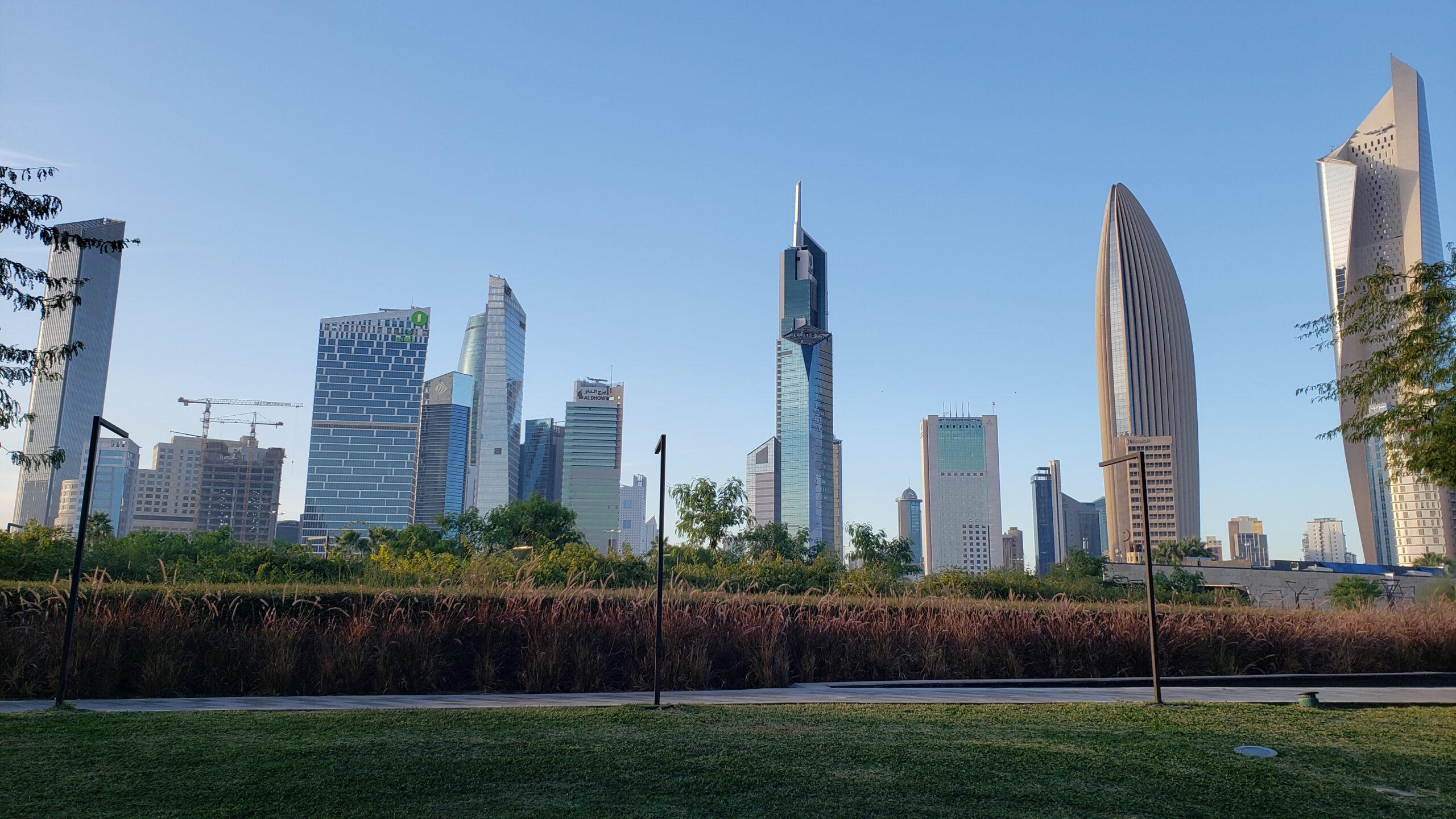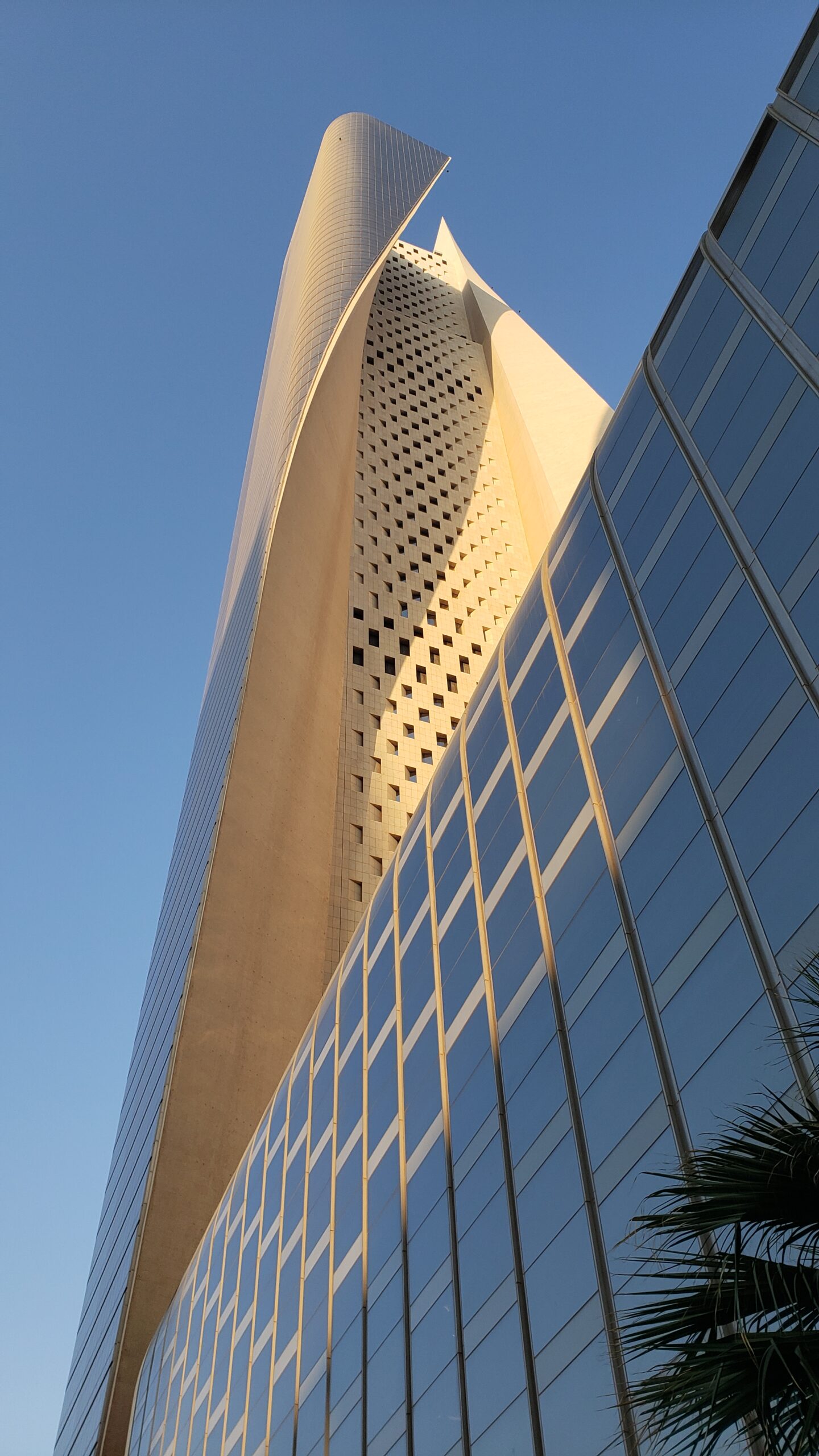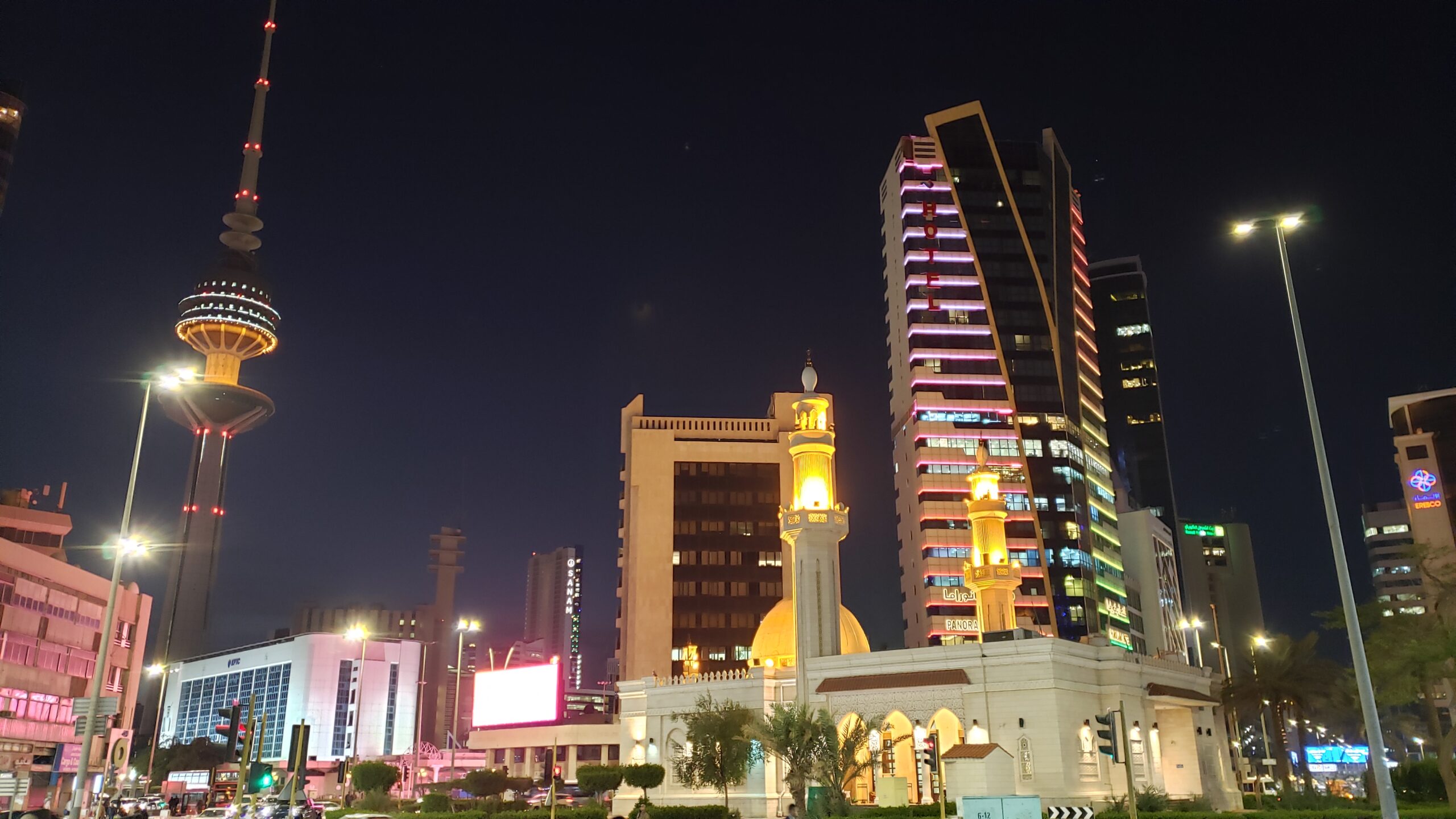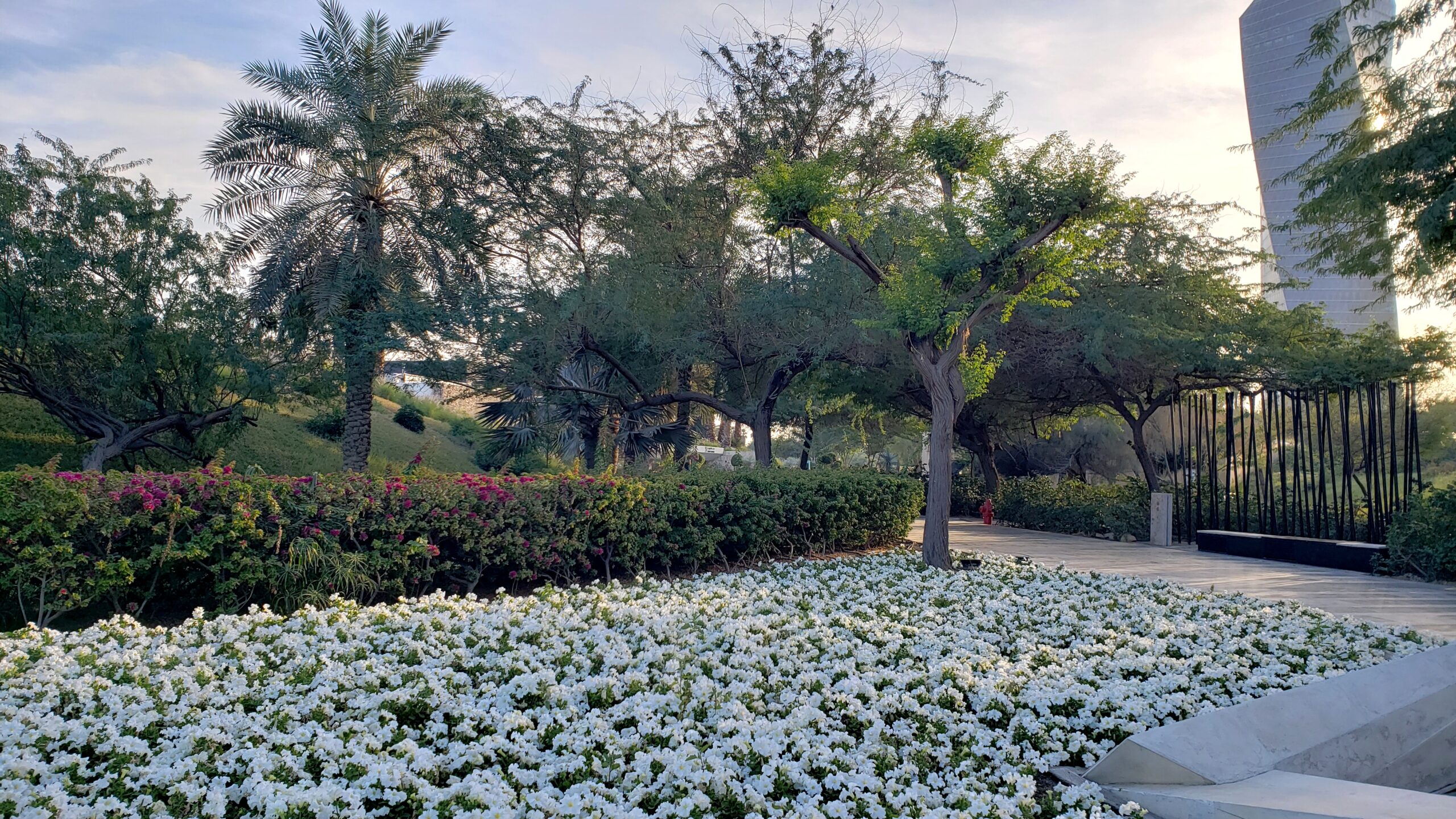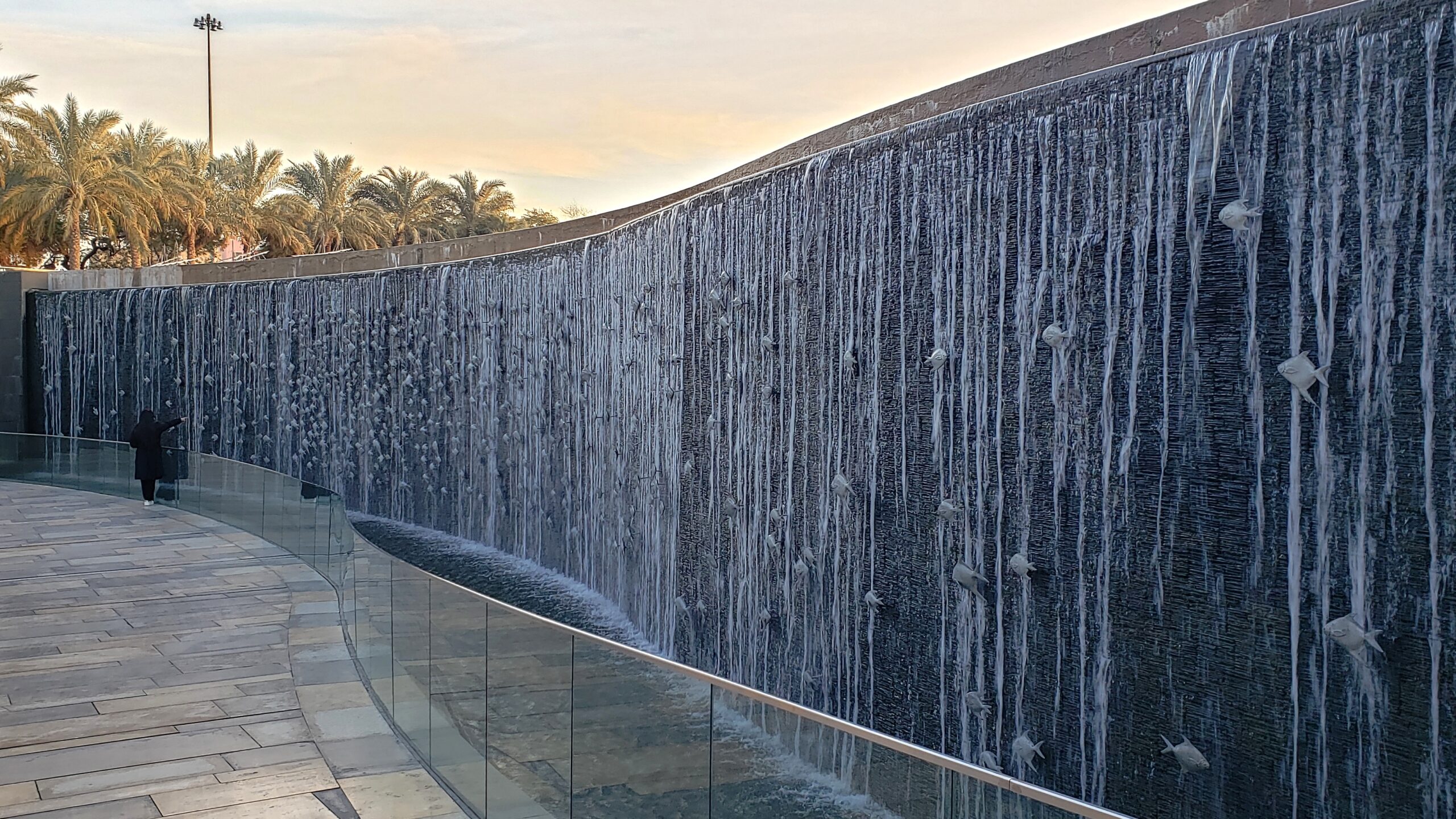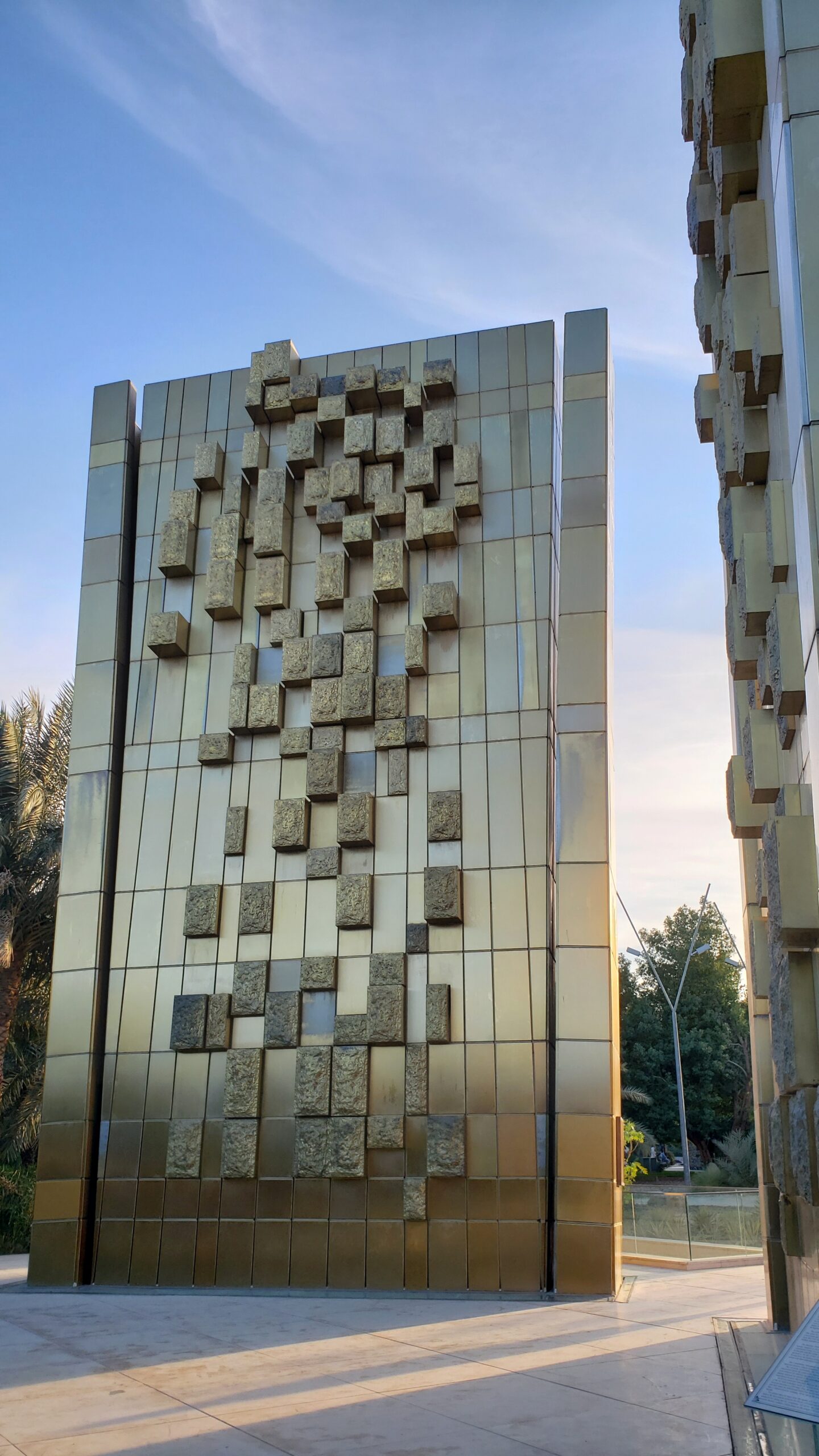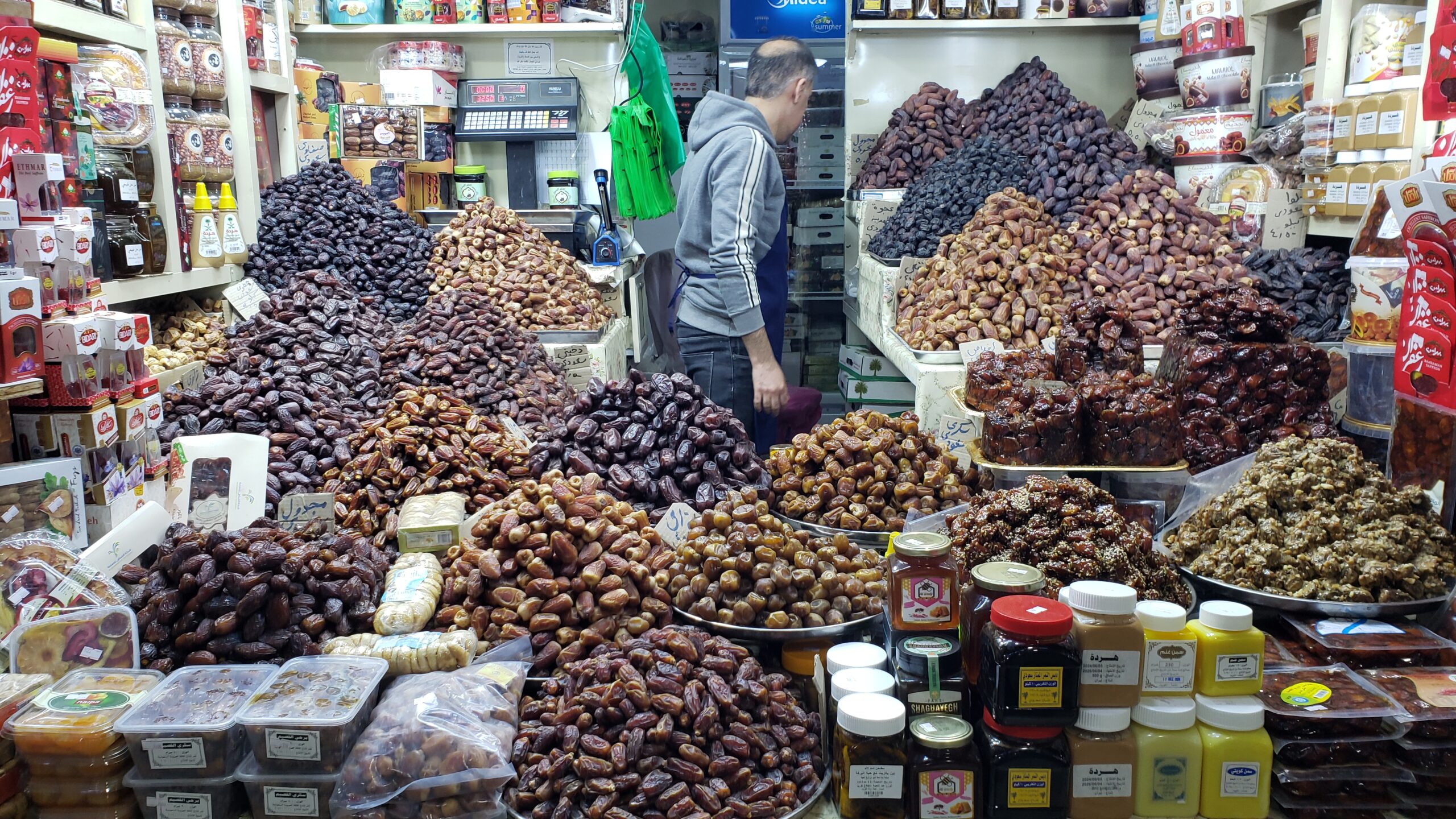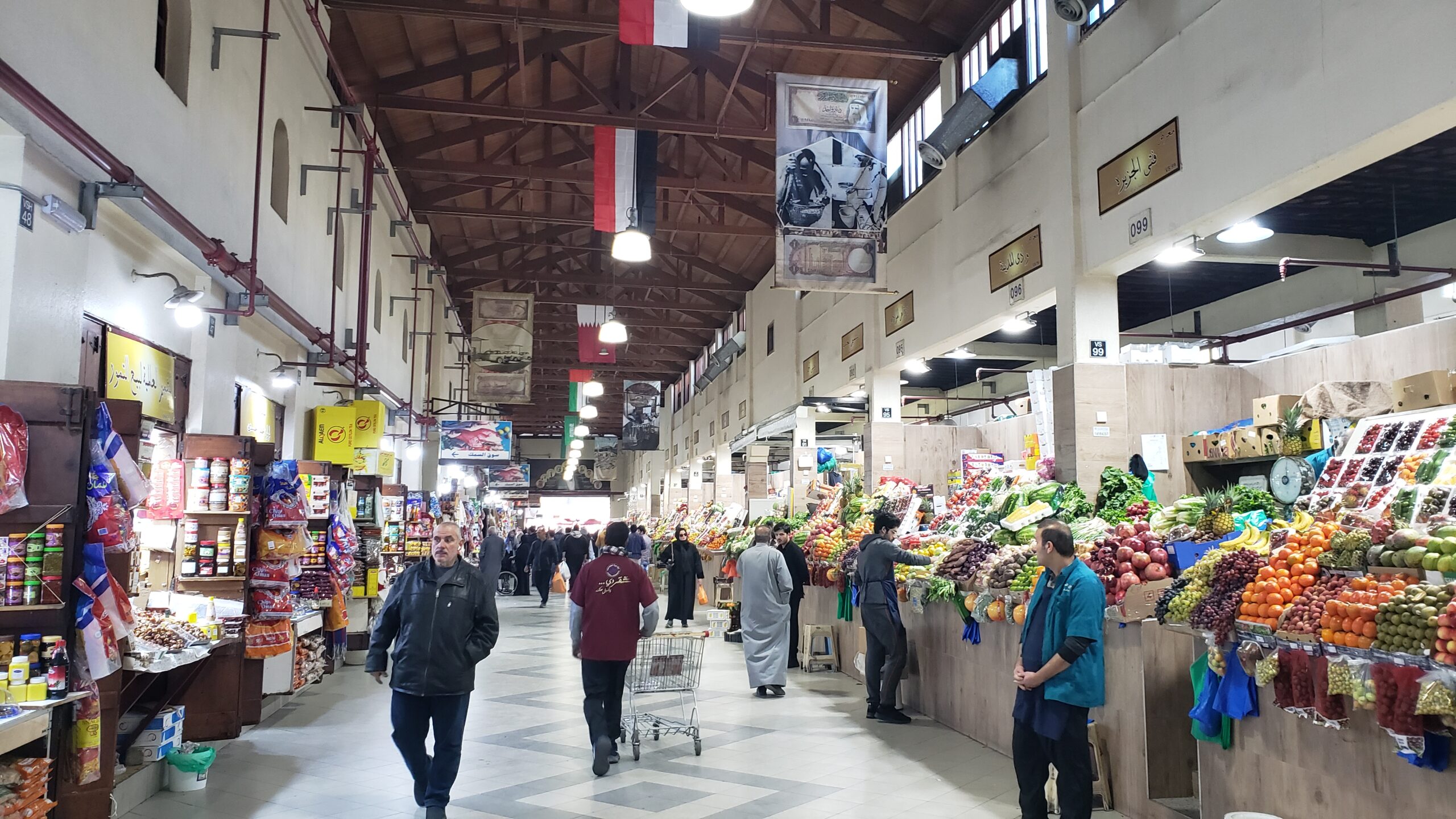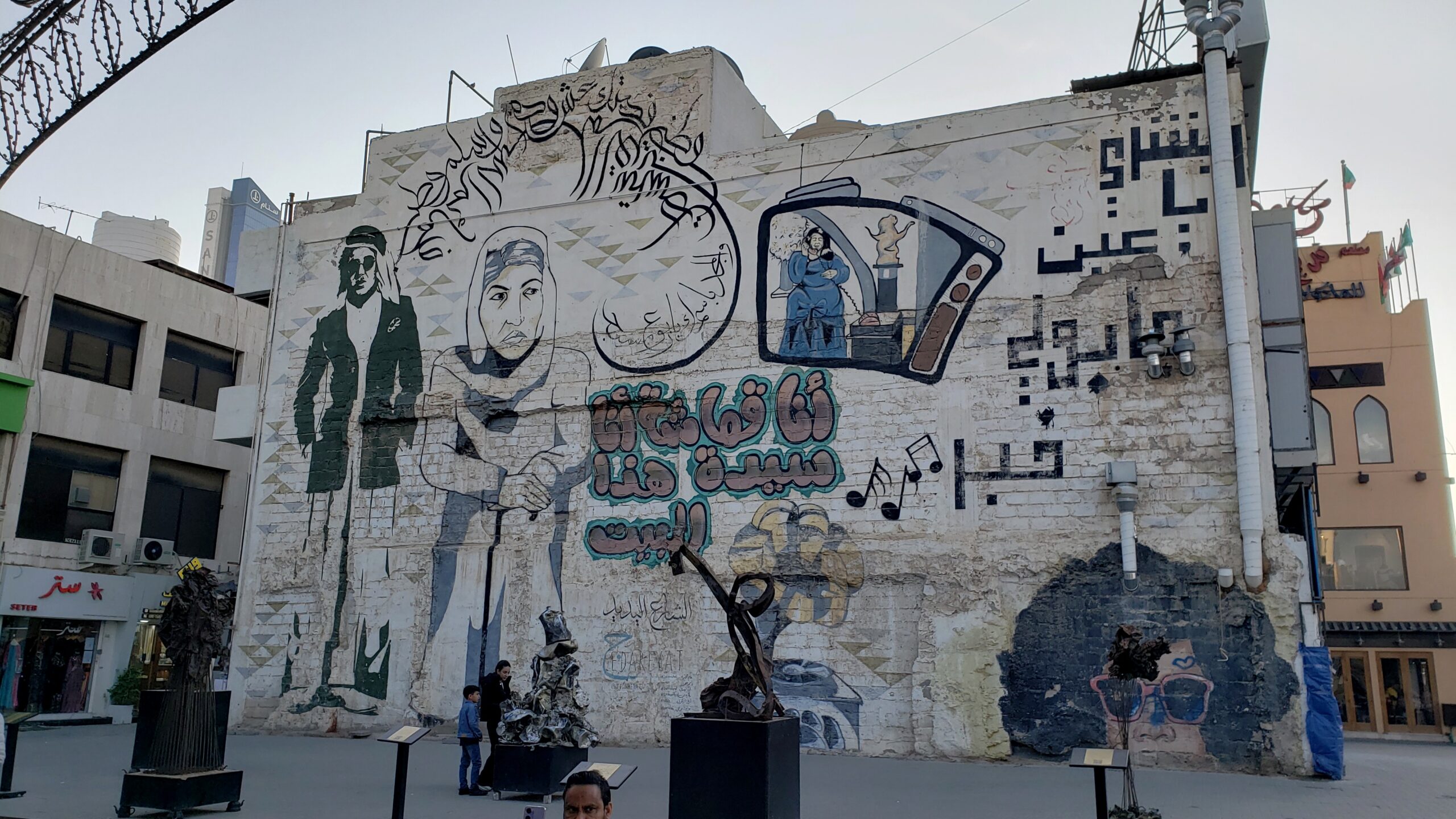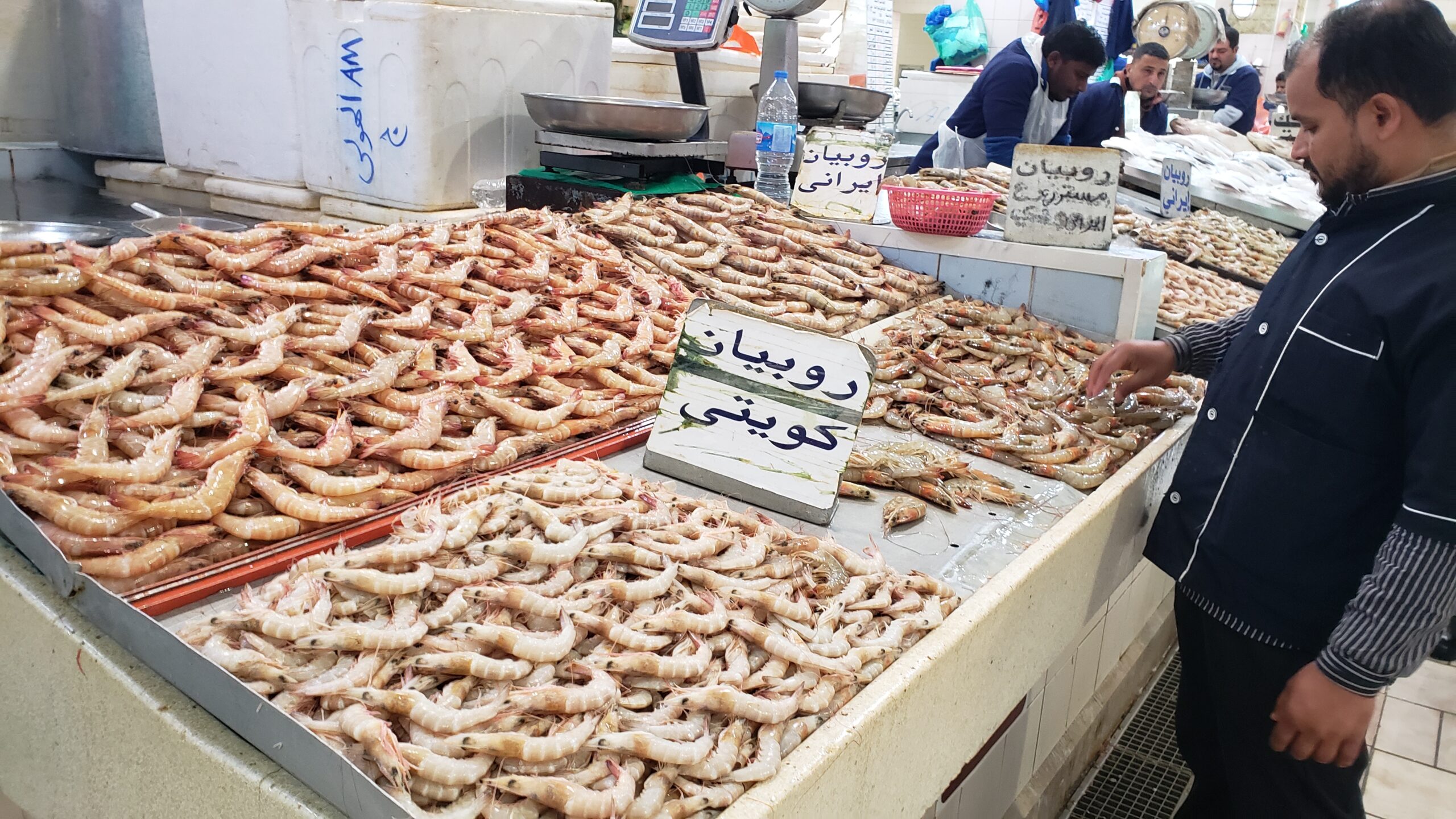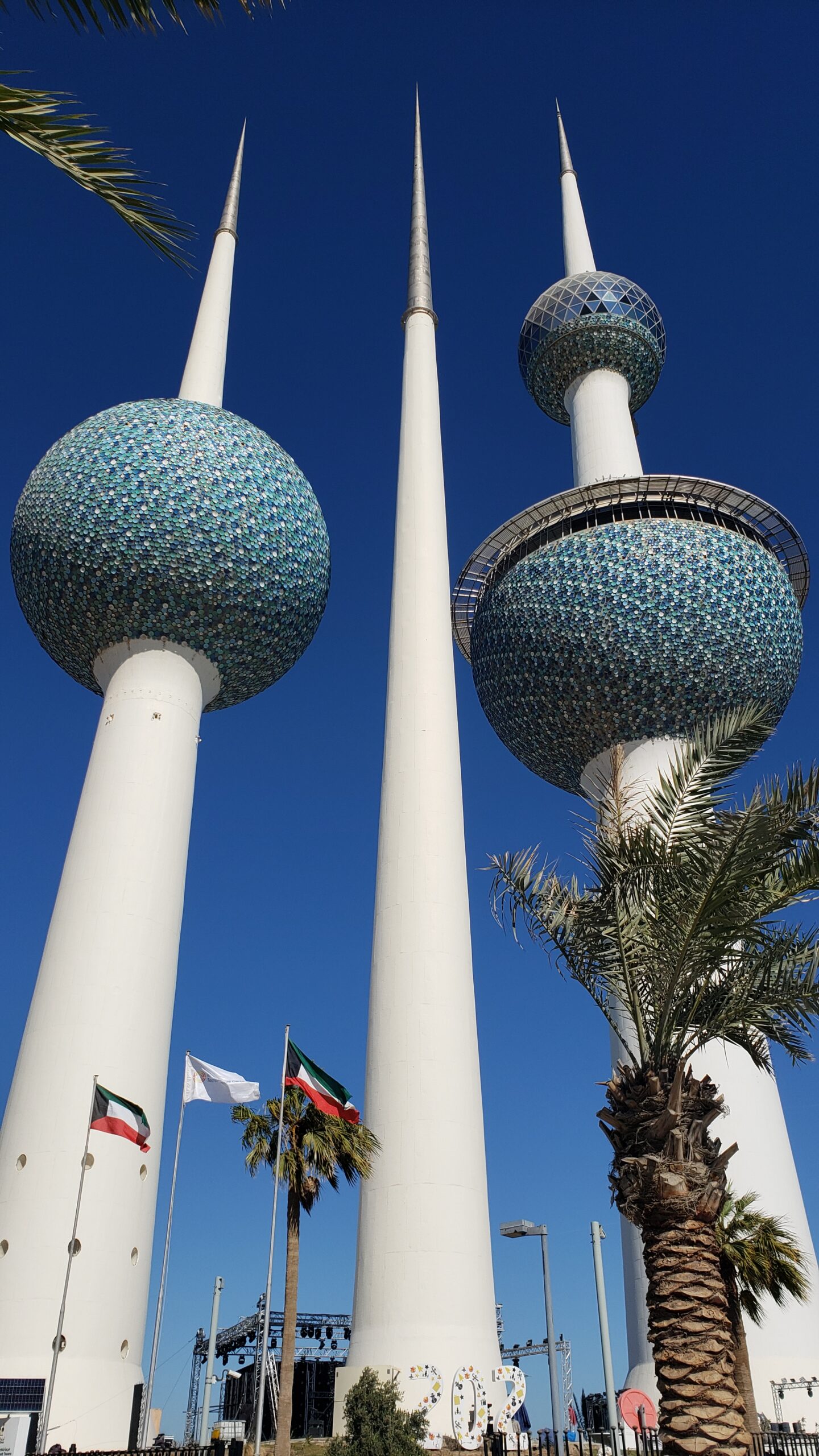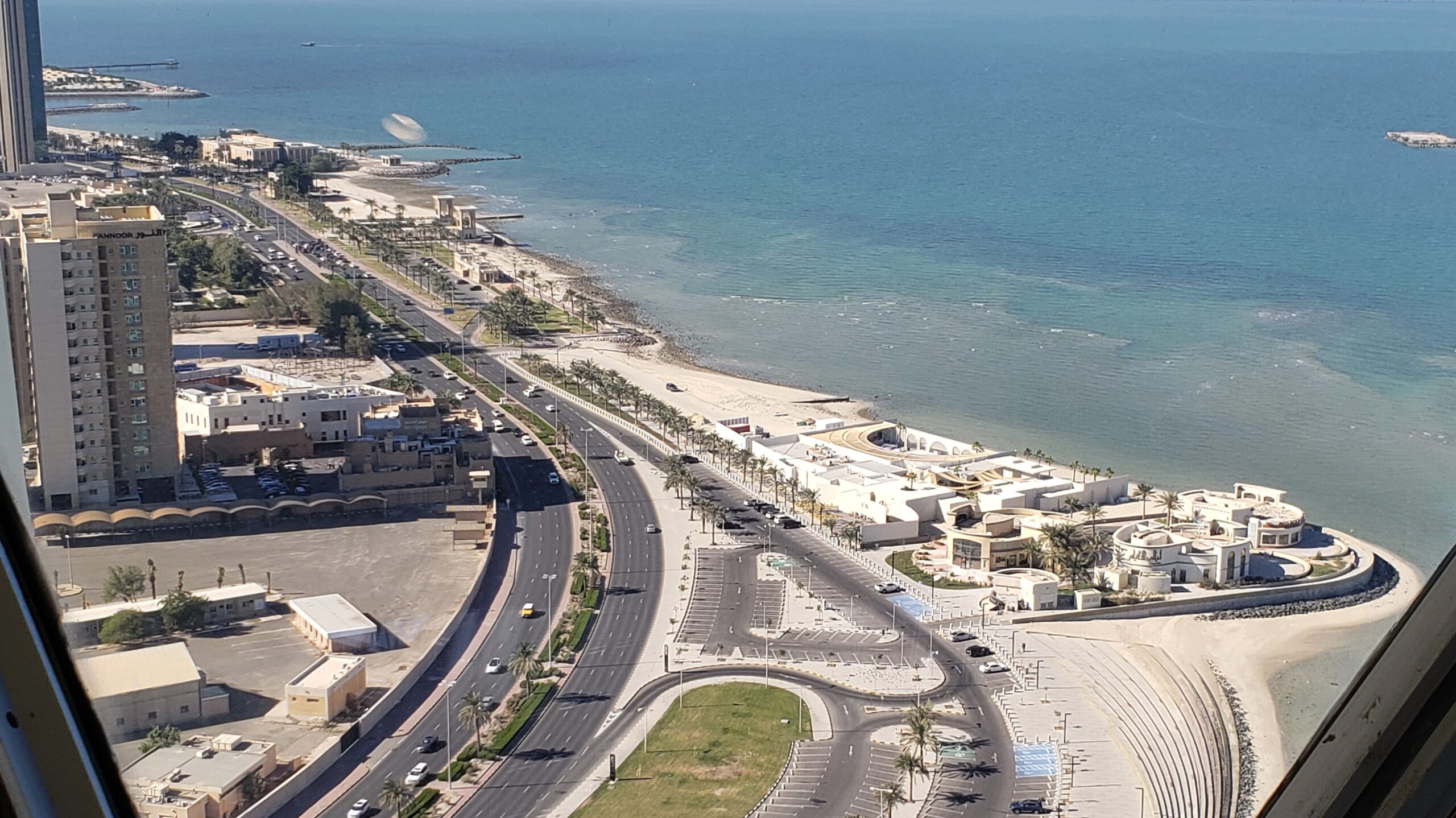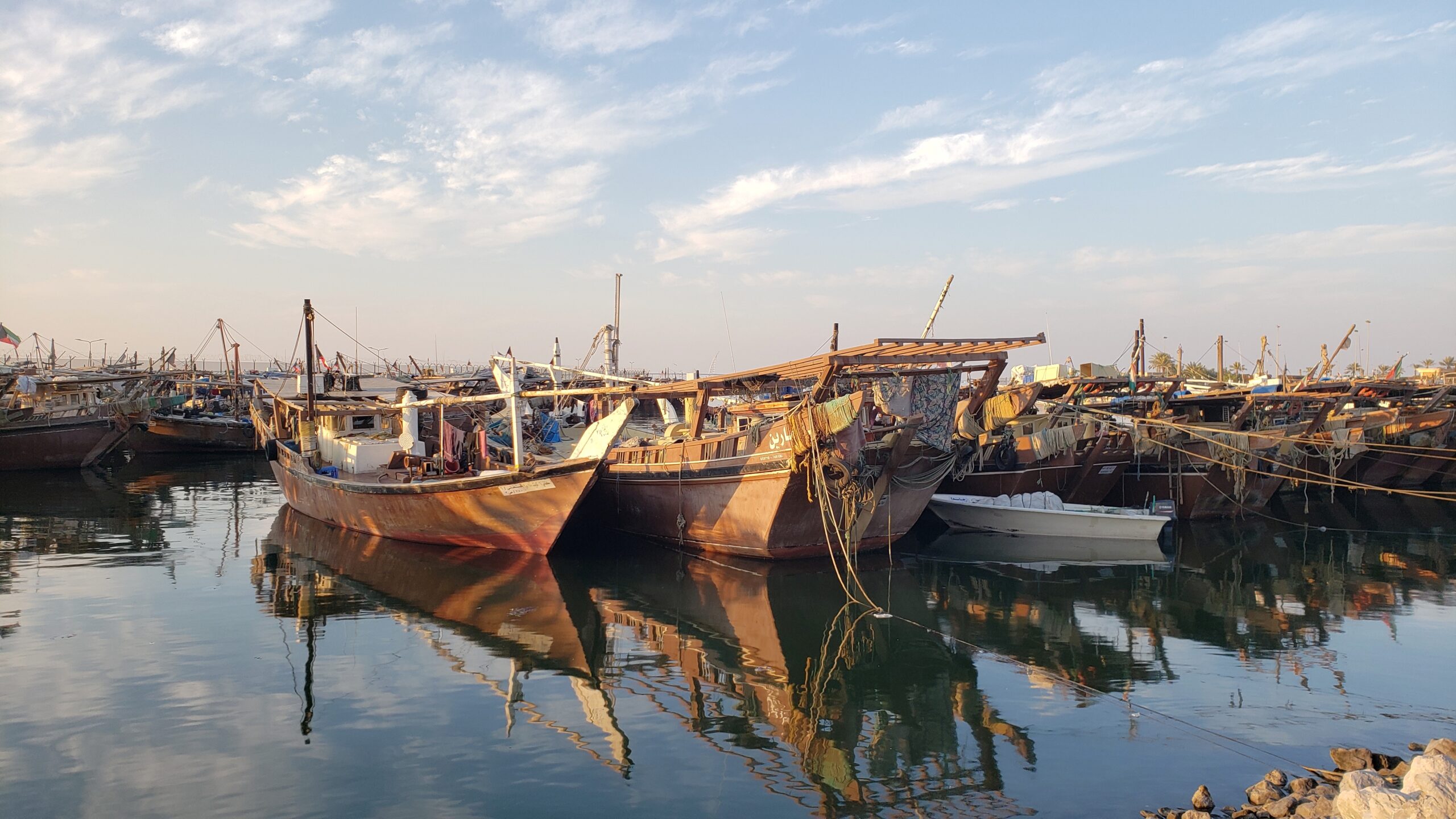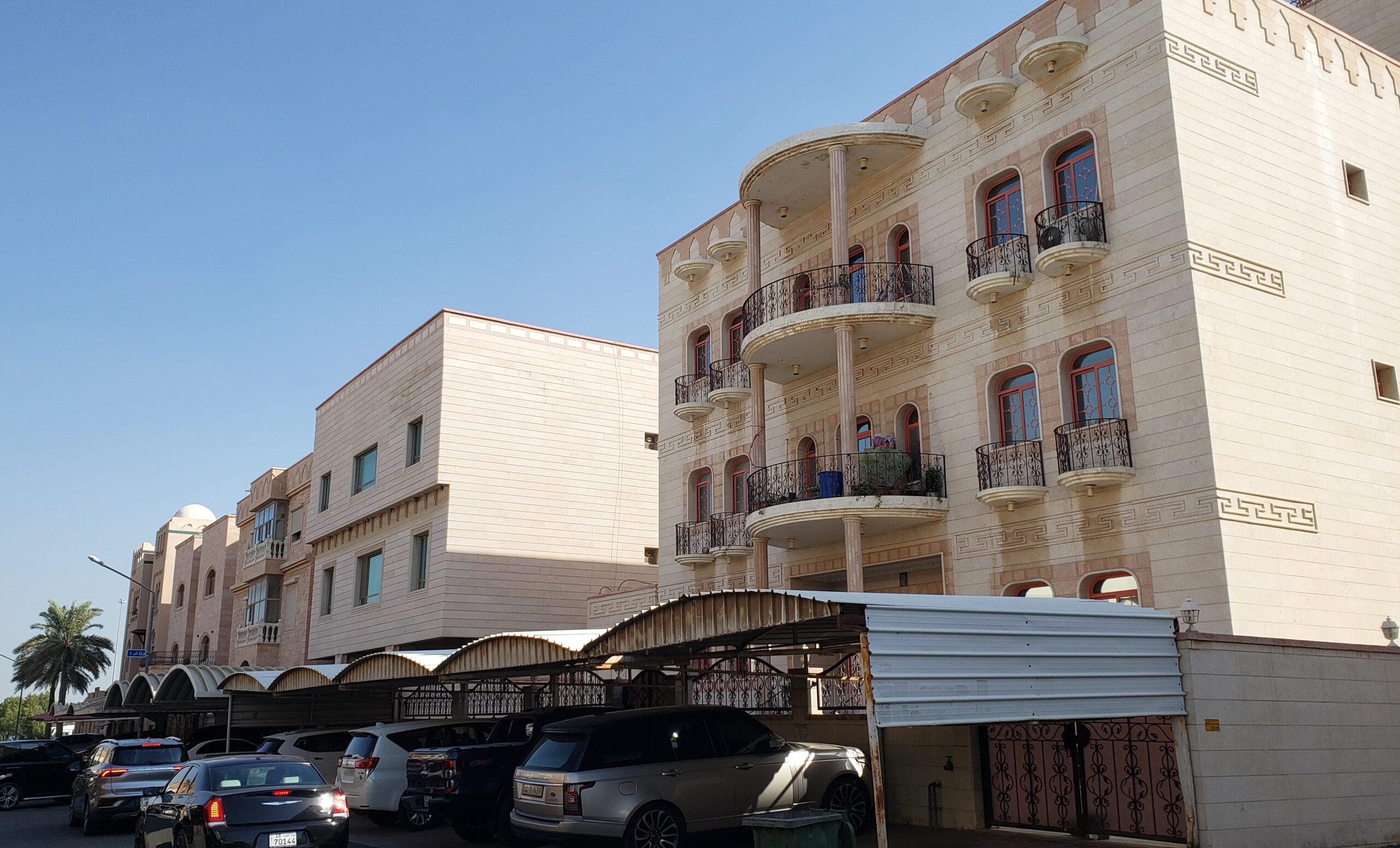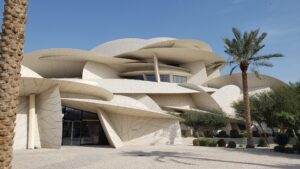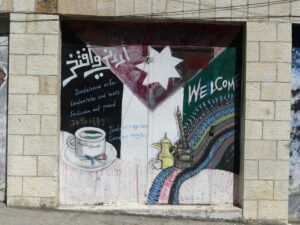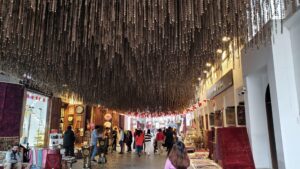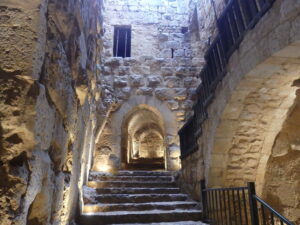In brief: Kuwait can seem not quite tourist-friendly at times, but our experiences and its warm welcomes made us feel like royalty.
Kuwait is the first of the three oil-soaked emirates we visited along the Persian Gulf (or what the locals now call the Arabian Gulf).
Kuwait has seen many changes in fortune since the early 20th century, first because of British colonialists and warlike neighbors, then as prey to economic fluctuations. It swung up as a port town a century ago with a rich pearl trade and later as an oil-producing powerhouse. It swung down with the Iraqi invasion in the Gulf War of the early 90s and energy price fluctuations.
Still you can see the wealth everywhere – in the skyscrapers that sprout from the desert sand, in the grand family estates, or in the new highways and park projects. And yet you can also find deserted lots and incomplete projects throughout the city.
Kuwait may not be the most tourist-friendly state on the Persian Gulf. There is little of historical interest to see. Some things seem permanently closed, the major park has too few access points, and residents seem to know very little about interesting sights – outside of shopping malls, that is. Plus alcohol is completely unavailable.
We found it to be a pleasant but surprisingly chilly place in the winter (with highs of just 18C vs. 50C in the summer). And we felt the experiences we had were worth the extra effort. The Kuwaitis were very welcoming to outsiders like us, while the cadre of foreign workers treated us like royalty.
Reaching for the Sky
Like the other capitals in the Gulf States, central Kuwait City abounds in flashy skyscrapers, like the streaked one, second from the right, that we called the Whale and the tallest on the far right, Al Hamra, which folds in on itself like a rolled-up newspaper. This is the view from the entertaining parkland, Al-Shaheed, that arcs around the city center.
The wrapped surface of Al Hamra, one of the world’s tallest skyscrapers, yields environmental benefits by reducing its energy needs. It stands within a cluster of soaring buildings in central Kuwait City.
At night many of the buildings feature their own light show: streaks of light sweep up the Whale while a glassy skyscraper nearby blinks colored lights all over its surface.
Lights at night-time in one Kuwait neighborhood. The mosque at the bottom of the frame sits in the middle of a busy traffic roundabout. Lit up, it acts like a beacon even with the competing lights of hotels and businesses. The spike of a tower to the left, at 372 meters high (1220 feet), twice the height of those Kuwait Towers, is visible from all over town. It’s a communications center that also houses the Communications Ministry. It was named Liberation Tower because its construction spanned the Gulf War with Iraq, but survived.
Wrapped in green
Green space in Al-Shaheed park, with yet another skyscraper nearby.The extension under development includes a large, domed youth center and ice rink. We had a lot of trouble finding our way into the park because it is completely walled off except for a few access points. Odd, we thought.
A fish-y fountain within the “Green Belt” of Al-Shaheed park. The completed part already offers widely diverse sections including a few museums, cafes, running track, palm groves, pools and grassy areas, etc.
A titanium monument to the Kuwaiti Constitution in Al-Shaheed park, a celebration of the country’s special embrace of democracy from 1962. Though Kuwait remains an hereditary monarchy, the constitution codifies numerous freedoms and rights for its citizens. Its 183 articles are represented by the inset chunks of copper on the face of the two huge tablets. An extensive area of water and palms graces the access to it.
Markets and cafe culture
Kuwait is one of the least arable countries in the world, but its markets abound in products from more agricultural countries. This was one of many stalls rich in dates, some of which do come from a wetland area down the coast. It’s within the famous old souq, Al Murabakiya that sprawls over a huge space in the central city.
Stalls in the old, but very fresh-looking, souq of Al Murabakiya deliver a rich array of produce from elsewhere.
The guys get together for hours of talk over coffee or tea in one of the many cafes of the old souq, Al Mubarakiya. Women too eat at the open tables of the restaurants here, but seem to gather socially at home.
An intriguing mural at an open plaza full of art works within the Al Mubarakiya market. Kuwait prides itself on its interest in contemporary art (as well as striking architecture). Kuwait calls itself the Hollywood of the Gulf and, indeed, we kept bumping into film shoots all over town.
In between the Old Boats Harbor and the new boat harbor is a complete renovated market house for fish, aptly named Souq Sharq. Amid stalls with fish neatly laid out in aesthetic precision, this one seller preferred his crustaceans in elegant arabesques. We thought that a purchase would disturb the artistry.
Water and wealth
The function of the Kuwait Towers, a symbol of the city, is far from obvious. On a spit poking into the Gulf waters at the northern edge of the city, these actually store desalinated water in the two balls, a precious commodity in this desert land. They’re the most spectacular of some 30 water storage towers altogether. The tower on the right has a rotating viewing platform within the top ball and a restaurant above the water storage within the lower ball. It reaches 187 meters (614 feet) high. The balls are clad in spiraling steel discs to echo the domes of historic mosques.
A view of the waterfront from inside the Kuwait Towers. You can walk forever along the beaches and boulevards that begin here. The white complex to the right is one of the many cultural centers dotting the coastline. Fashioned in many different styles, these centers feature Kuwaiti arts and culture. Unfortunately, the view toward the dense cluster of skyscrapers in the city did not make for a good photo: the low-lying sun lurked behind them and most of the windows were coated in desert brown.
Aside from a few notable museums, there is little antiquity to see within Kuwait. But these dhows in the Old Boats Harbor, formerly used for pearl diving and apparently still used for fishing, still connect the past to the present day. A short walk up the coast from here is a huge elliptical harbor for modern boats.
Along the beachfronts you can see fancy mansions owned by wealthy Kuwaiti families. In this newer part of town, Salmiyah, down the coast, the mansions are seemingly less ostentatious, but still enormous. In addition to the size of the homes, those covered parking spaces (and the others across the city) are a sign of wealth as they shelter the many luxurious cars that a typical family owns.
(To enlarge any picture above, click on it. Also, for more pictures from Kuwait, CLICK HERE to view the slideshow at the end of the itinerary page.)
